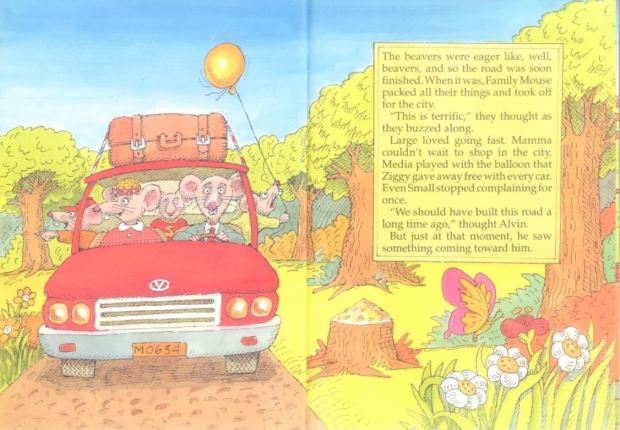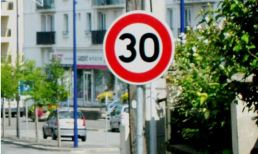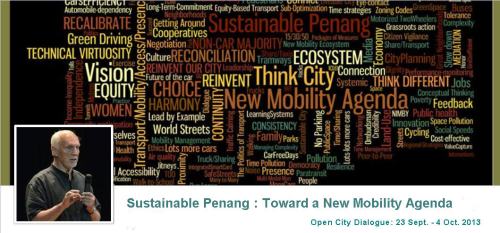EARNING A PUBLIC SPACE DIVIDEND IN THE STREETS

Abstract: Experiments with shared space or “naked streets” have captured imaginations and considerable media coverage in recent years. Most of the excitement stems from surprise that streets without kerbs, road markings or signage can work well and achieve “safety through uncertainty”. This paper looks at another equally important insight from shared space.
It focuses on a series of innovations that, like shared space, re-arrange the roles of streets in new ways to yield a “dividend” of expanded urban public realm, with little or no loss of transport utility. Such a space dividend should be especially welcome in dense cities that are both congested and short of public space.
Introduction
What are streets and roadways for? An obvious answer is traffic movement. But that is clearly not the whole story. A second role is to allow the reaching of final destinations— the role we call “access”. Thirdly, streets can be valuable public places in their own right. In addition, moving high-speed motor vehicles differ enormously from movement by low-speed, vulnerable modes such as bicycles. Unfortunately, speedy motor traffic movement and the other roles of streets are in serious conflict. For almost a century, the tension between these roles has been at the heart of debate over street design (Hass-Klau 1990; Jacobs et al. 2002). This article reviews emerging resolutions to this tension.
The Battle for Street Space





















